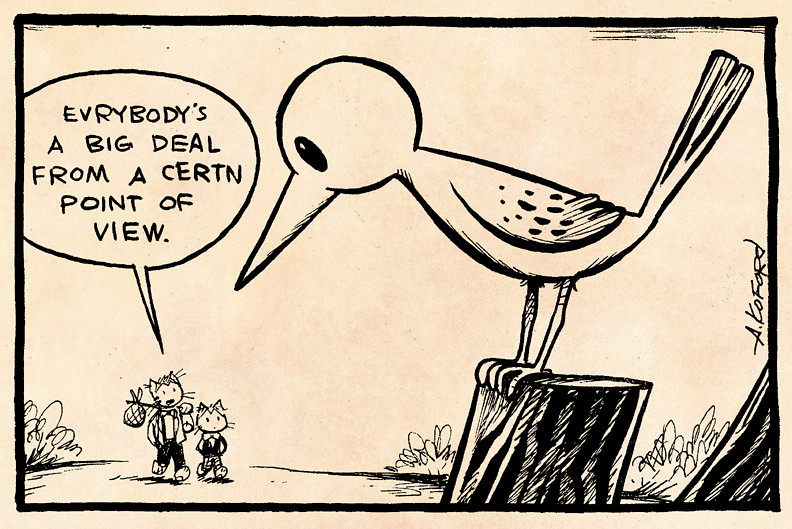Point of View, we all have one. Every person sees the world through their own lenses. It may not seem special since, like opinions, we all have perspectives. However, in writing, point of view determines how the events in your book unfold. It also decides how your story is told. There are three types of perspective in writing: 1st person, 2nd person, and 3rd person. First person is told through one of the character, typically the main protagonist. Second person usually draws readers in, since the narrator is speaking directly to you. Second person isn’t common in novel-length work as it is challenging to write in. Third person is the most popular in writing. It’s told through the narrator and refers to the characters as ‘he’ ‘she’ and ‘them’. Most books keep to “third-person limited”. Meaning the narrator is only inside one character’s mind throughout the body. However, some are “third person omniscient” meaning they can enter anyone’s mind freely and give their own opinions. This particular POV makes the narrator seem like a deity.
see yourself in someone else's point of view

So why am I diving so deep into point of view and its importance? Well, good news is I received my copyedit back from my editor and am currently revising it before the proofread. One of my biggest struggles is maintaining my main character’s point of view. There are some points where I just switch the POV into another character. It’s not a sin to change POVs in the same story, but it can easily confuse the reader if done too often and suddenly. Consistency, in point of view keeps your novel from becoming a mess. An easy way to switch up a character’s POV is to do it at the beginning of a new chapter. You can also disclose the change in location. Unless your character has the power of teleportation, the reader should be able to pick up that this is a different character’s perspective. Keep in mind how you want to tell your story and stick with the point of view of your choosing.
